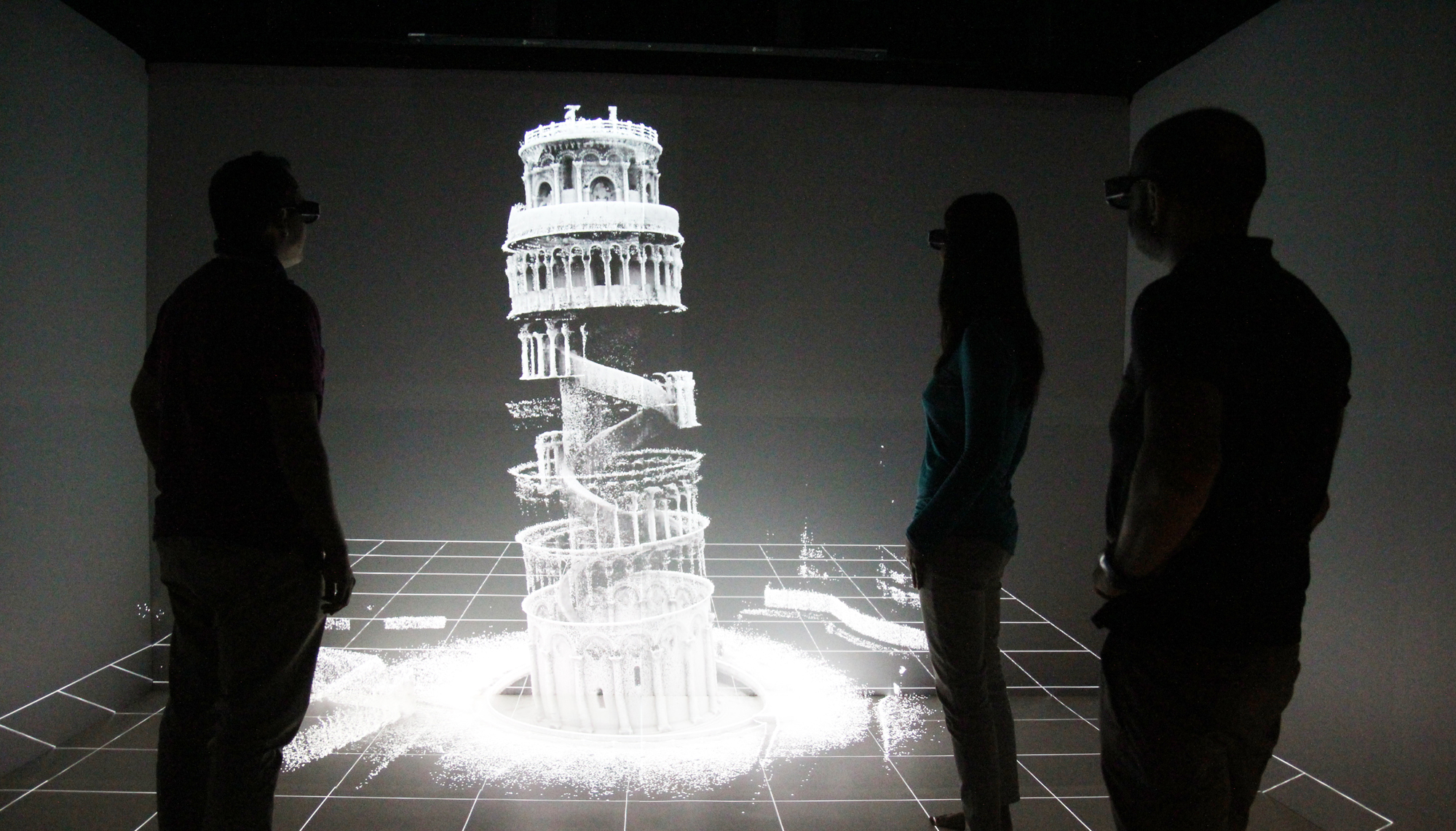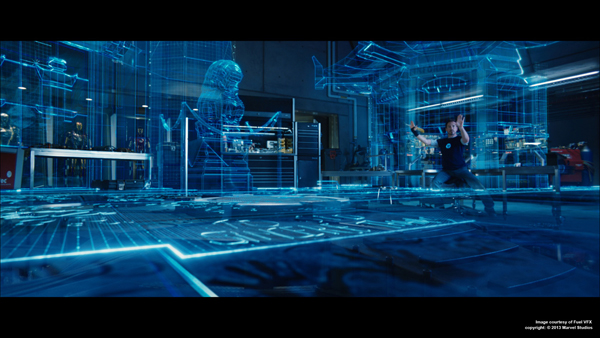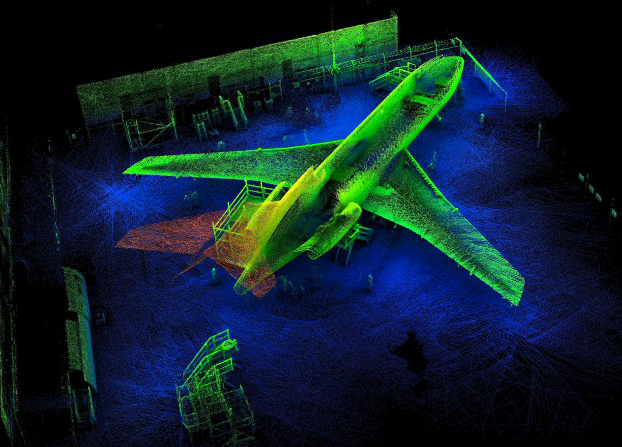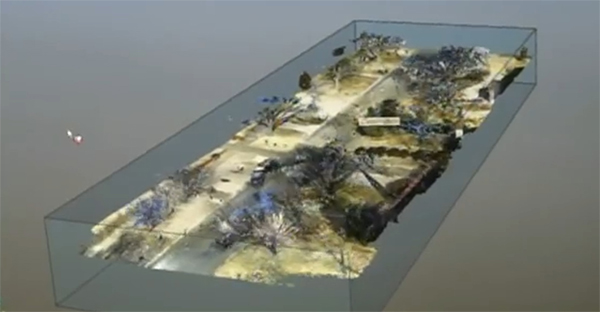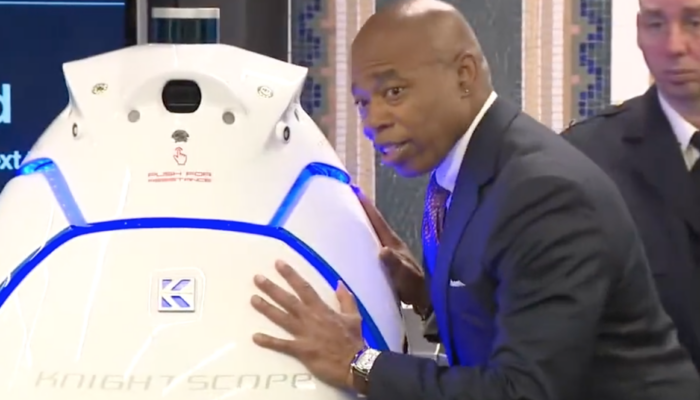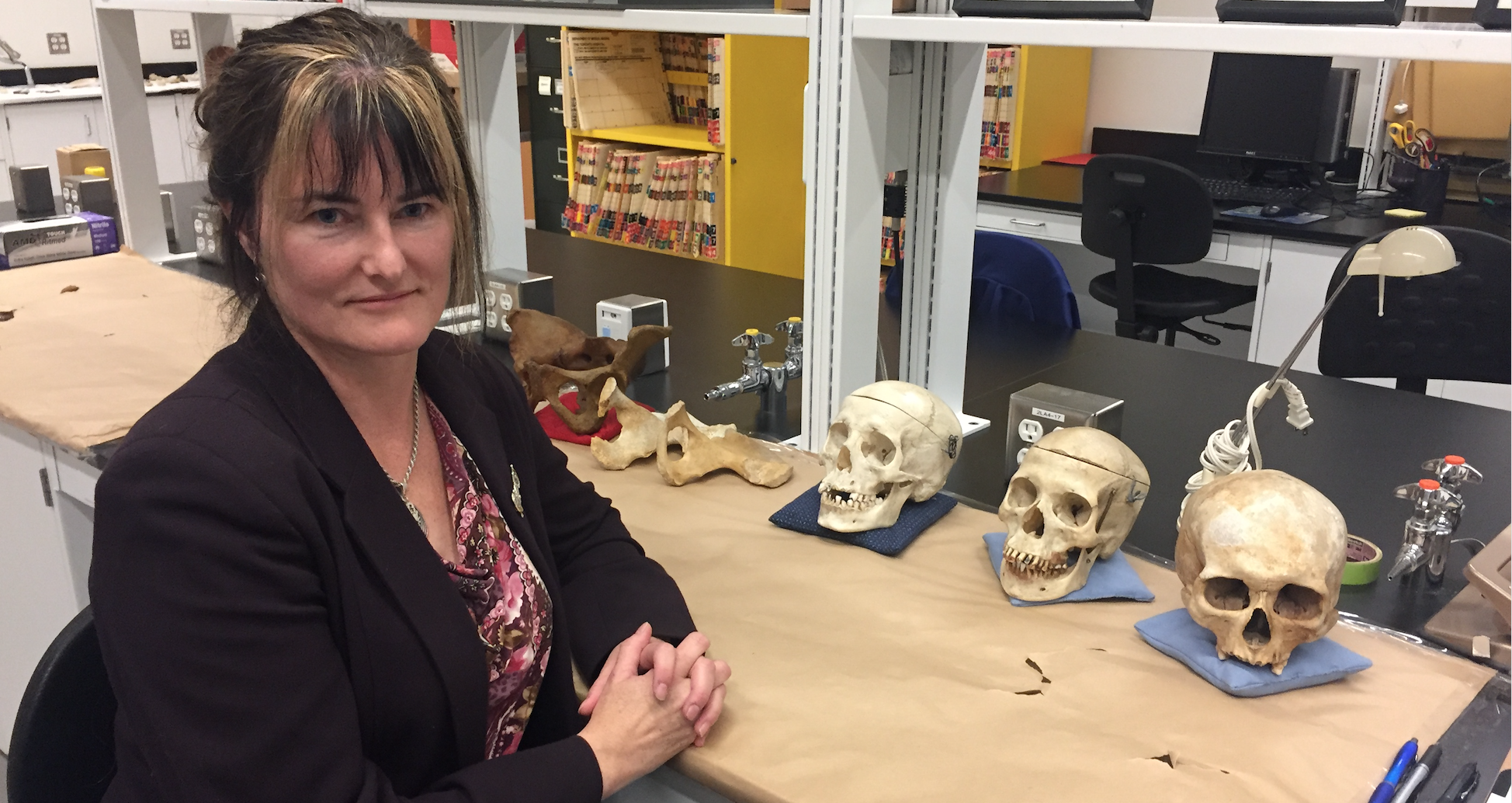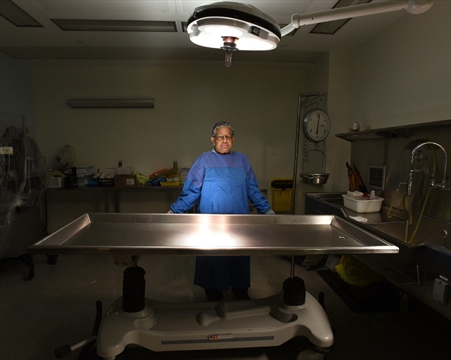In Iron Man 3 Tony Stark analyzes a crime scene using holographic images. He pans and zooms through an impressive 3D model of Mann’s Chinese Theatre, even stepping into it to search for the tiniest of clues. It was intended to seem futuristic and it was…eight months ago.
The Queensland Police Service in Australia are calling it a “world first in forensic investigation”. They have launched a handheld 3D mapping device called Zebedee that detectives can use to capture crime scenes using lasers. As an investigator walks around the scene they merely hold the device in front of them and it scatters a multitude of lasers, bouncing them off of every object and surface to report back their positions. It’s similar to the way dolphins and bats use sound to echolocate their environment.
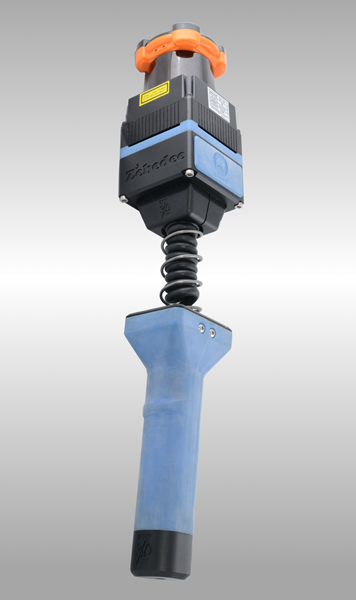
At 40,000 measurements per second, it can record a crime scene in just twenty minutes with the resulting 3D model ready for viewing on a laptop immediately. Investigators can pan, zoom, and “fly through” the results.
Zebedee’s developers at CSIRO, Australia’s national science research agency, have created a complimentary projection theatre to allow users to display their scans at life-size scale. This means you can actually step into the data and explore a location as if you were there. The next version of the scanner, already being tested in the lab, uses a video feed to add photographic images on top of the 3D models.
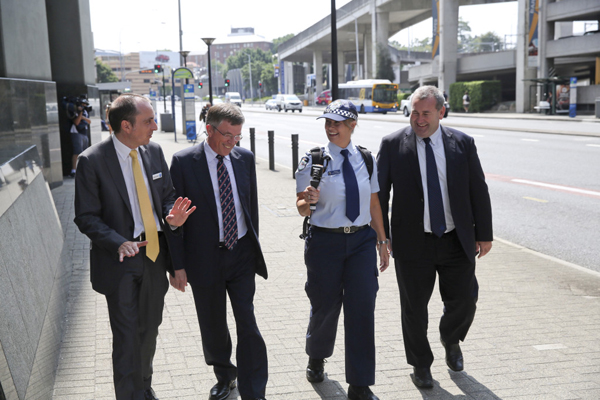
For Queensland police the attraction is the way the system can access hard-to-reach areas and collect evidence without disturbing it. It was the murder of a 13 year-old boy named Daniel Morcambe in particular that convinced the department to cover the Zebedee’s $37,000 price tag.
“The use of this kind of equipment allows us to have limited impact on the crime scene” explains Police Commissioner Ian Stewart. “The Morcambe case is a classic example.”
In 2003 Daniel Morcambe waited by the side of the road for the bus to take him to a shopping mall. He was planning on getting a haircut and buying some Christmas presents for his family, but the bus broke down and he waited a long time. When the driver did get back on the road he decided to catch up to his schedule by skipping several stops. His thinking at the time was that the next bus was just minutes behind, but the frustration of seeing the bus drive pass convinced Daniel to accept a ride from a stranger. He was never seen alive again.
His remains were found eight years later on an embankment along the coast, in a hard-to-reach area behind an abandoned apartment building. Processing the scene without disturbing evidence proved to be difficult and time consuming. Police Minister Jack Dempsey says that using laser-mapping systems to overcome such challenges will save the department “many thousands of hours in investigation.”
Should the Zebedee system live up to its potential, Dempsey says the department will purchase four more units and deploy them across the force’s different regions. Initially they will be deployed for homicide investigations, but in a press conference Dempsey said he can also see its potential for traffic accidents.
In that thought he’s not alone. The Roswell Police Department in New Mexico has just completed training in a similar laser-scanning system by Florida-based manufacturer Faro. By setting up a system of tripod-mounted lasers around a traffic accident, officers can quickly produce a 3D panorama of the scene accurate to within a millimeter.
The hope is that it will take officers less time to process accidents, allowing them to free up roads and highways sooner. At the same time, the potential to use 3D models in court, where officers are often asked to explain the logistics of an accident, is something the department is also looking forward to.
With the Zebedee system coming from the Australian government, the Queensland police certainly have an edge over other law enforcement agencies Dr. Jonathan Roberts, Research Program Leader at CSIRO, has been promoting Zebedee’s use in architectural preservation and restoration. They recently completed an impressive demonstration using the Leaning Tower of Pisa (below).
Now with the police as a partner and supporter for future funding, they find themselves being pushed to add their scanning system to a drone and create a Zebedee that can fly.

